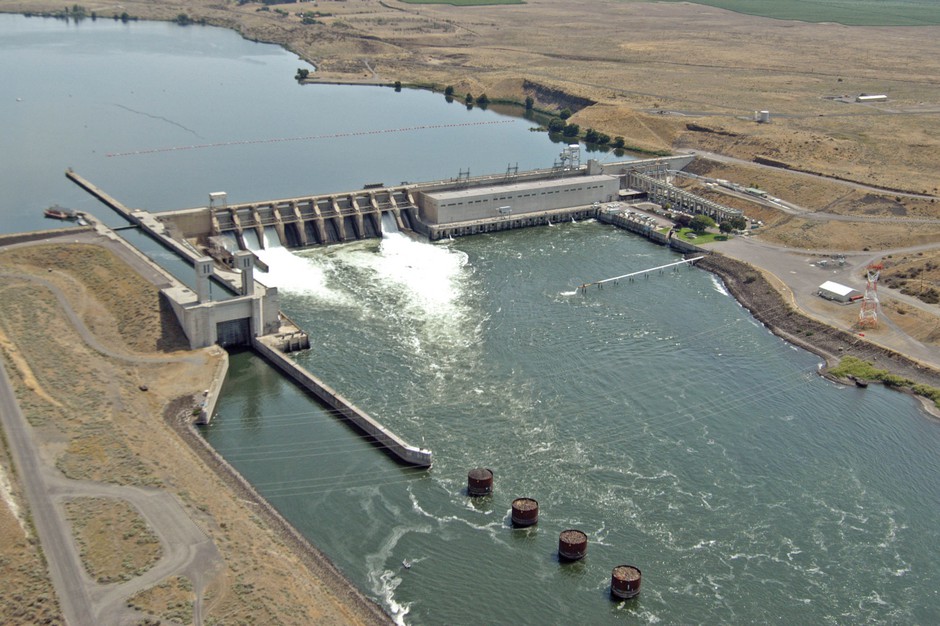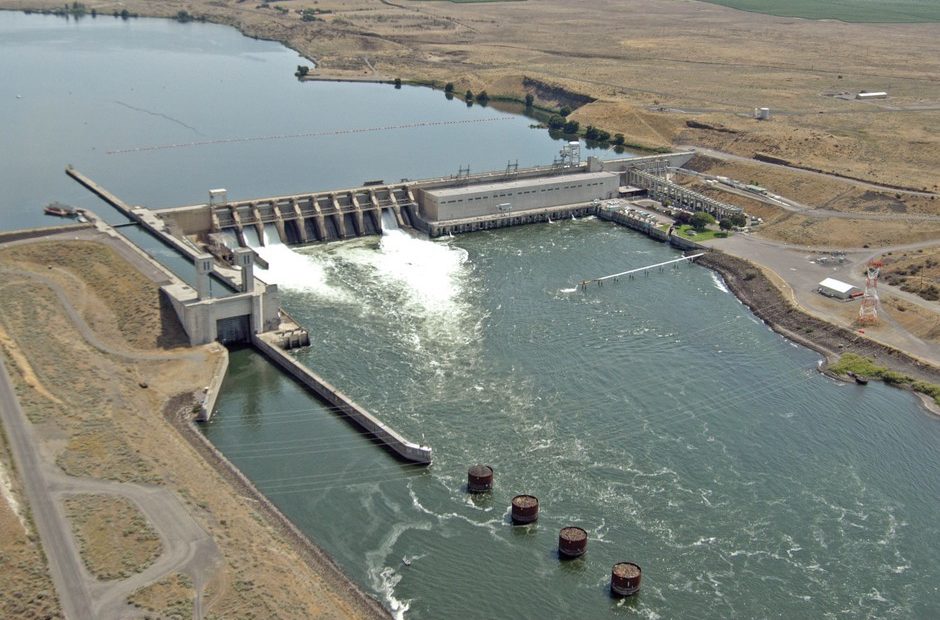
Public Invited To Clarkston-Pasco-Vancouver Workshops On Question Of Snake River Dams
READ ON
It’s been a long-argued question: Should the four dams on the lower Snake River stay or go?
Washington Gov. Jay Inslee wanted to know how to speed up the decades-long debate about dams on the lower Snake River. Upcoming public workshops will examine a draft report that gauges how people in Washington want to deal with the fate of the dams.
The workshops will all start at 6:30 p.m., with doors opening at 6 p.m.:
- Clarkston, Washington, Tuesday, Jan. 7, at the Quality Inn & Suites and Quay Convention Center, 700 Port Drive;
- Vancouver, Washington, Thursday, Jan. 9, at the Washington State University Vancouver – Dengerink Administration Building, 14204 NE Salmon Creek Ave.;
- Pasco, Washington, Monday, Jan. 13, at the Red Lion Hotel & Conference Center, 2525 North 20th Ave.
At the workshops, officials will present the report’s findings, followed by a panel discussion. People can submit written and online comments on the draft report through Jan. 24.
Dam advocates say the structures are an integral part of transportation and agricultural landscape in the Inland Northwest.
Fish advocates say the dams ruin the chances for wild salmon to survive – that’s also a threat to southern resident killer whales that mostly eat salmon.
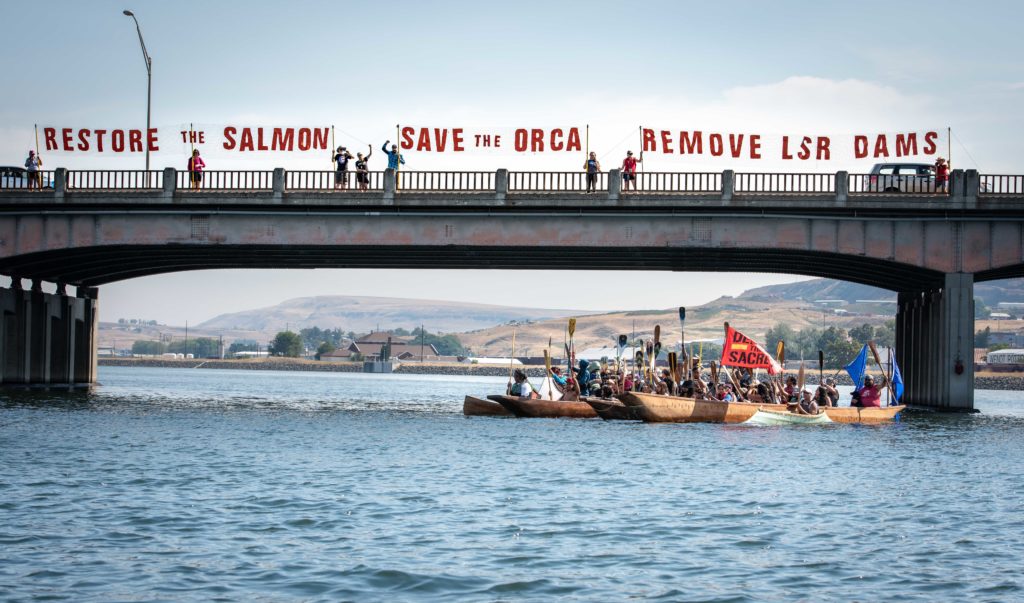
Tribal canoeists on the Memorial Bridge in Lewiston, Idaho, on the Clearwater River just before the confluence with the Snake River. The group joined the larger Free the Snake “flotilla” demonstration, Sept. 7-8, 2018. CREDIT: Mike Beiser/AP
In 2018, Inslee convened a task force to find ways to save the dwindling orca population. Controversially, the group requested a report on the Snake River dams. It would look at people’s feelings about removing or altering them. It wouldn’t make a recommendation one way or the other.
Of the draft report, Inslee said in a statement, “I thank all the stakeholders from all over the state for weighing in on this crucial issue. I encourage Washingtonians to get engaged in the public comment period over the next month and share their input on what should be done. We need to hear from a variety of people from different regions and perspectives.”
Transportation industry groups say the report is a waste of taxpayer money that could have been put toward saving salmon.
“While we appreciate the diligence of the consultants leading this process in reaching out to (Pacific Northwest Waterways Association) members and other stakeholders, the product that was commissioned by the state is essentially a status report of river operations followed by a survey of opinions – not science-based salmon recovery,” said Kristin Meira, the group’s executive director.
Supporters say everything needs to be done to protect the fish; they say this stakeholder report will allow Washington voices to be heard in the contentious debate.
“Restoring the lower Snake River will come with a host of challenges and opportunities, and thanks to this report we better understand how to move forward. Through smart investments, the state can ensure a just transition for the region while recovering a salmon run critical to southern resident orcas,” said Kerry Skiff, with the advocacy group Defenders of Wildlife.
Washington’s report is separate from an environmental analysis by the federal government due out this year. Removing or altering the dams would be up to Congress.
Related Stories:
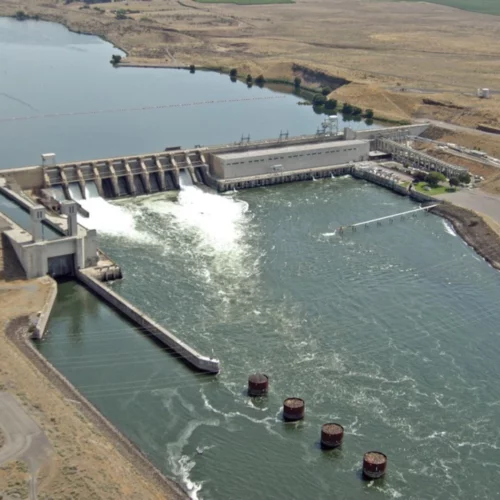
Historic agreement seen as a harbinger to Snake River dam removal
Ice Harbor Dam on the Snake River. Gov. Jay Inslee and U.S. Sen. Patty Murray said removing the four dams on the Lower Snake isn’t feasible right now. CREDIT: Bonneville
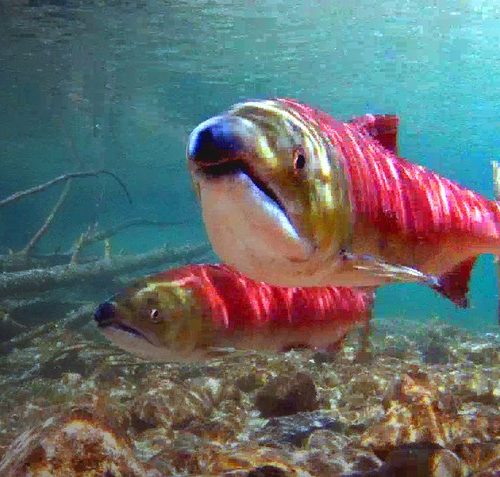
Tribal members gather to demand U.S. Government fulfill treaty obligations
Sockeye salmon like these are among the salmon species in peril. (Credit: Aaron Kunz) Listen (Runtime 2:57) Read For Northwest tribes, removing the four lower Snake River dams means more
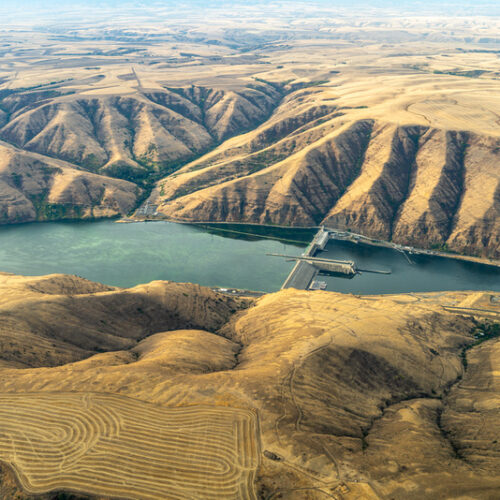
Flying high for conservation, EcoFlight soars above the Northwest
Lower Granite Dam on the Snake River. (Courtesy: EcoFlight) Listen (Runtime 1:34) Read For more than 40 years, Bruce Gordon has flown people over wild lands and wildlife habitats across

